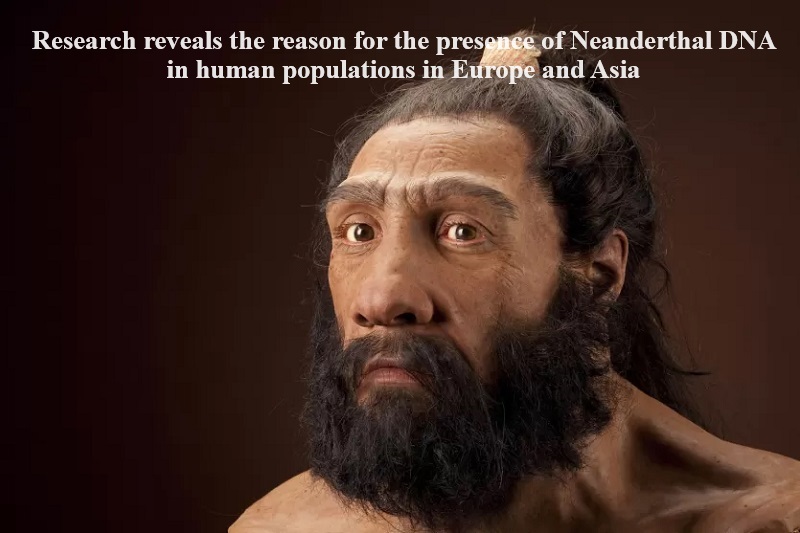
A recent analysis has uncovered the explanation for the presence of Neanderthal DNA in the genomes of human populations in Europe and Asia.
This study, published in the Science Advances journal, has enhanced scientists’ comprehension of ancient genomes that may hold medical significance today. It offers a more accurate tracking of the hereditary legacy left by our species’ ancient relatives by leveraging a substantial amount of significant data.
Many individuals living today possess a small percentage of Neanderthal DNA, a consequence of prehistoric interbreeding between our ancestors and these Stone Age hominins, who went extinct around 40,000 years ago. However, East Asian populations have a slightly higher concentration of Neanderthal DNA within their genomes.
This difference has perplexed scientists because Neanderthal remains have been discovered extensively in Europe and the Middle East but not beyond the Altai Mountains in Central Asia.
“So what’s puzzling is that in an area where we’ve never found any Neanderthal remains, there’s more Neanderthal DNA,” explained study co-author Mathias Currat, a senior lecturer in genetics and evolution at the University of Geneva.
Neanderthal DNA accounts for approximately 2% of the genetic makeup of Eurasians. However, it constitutes about 4% of the genetic composition of East Asians, according to Currat.
Currat and his colleagues at the University of Geneva examined the distribution of Neanderthal DNA inherited by humans over the past 40,000 years. Their research led them to propose a possible explanation for this variation.
“We are starting to amass sufficient data to describe with increasing precision the proportion of Neanderthal-origin DNA in the genomes of Homo sapiens during various prehistoric periods,” Currat explained.
According to the study, the distribution of Neanderthal DNA has not always appeared as it does today.
Their research found that in samples older than 20,000 years, the genomes of Stone Age Homo sapiens in Europe contained a slightly higher proportion of Neanderthal DNA compared to those in Asia.
As a result, the current pattern of a higher percentage of Neanderthal ancestry in Asian populations compared to those in Europe emerged at a later stage, as concluded by the research team. This likely occurred during the Neolithic transition when farming supplanted hunting and gathering as a way of life.
However, Currat stated that the specifics of how this transition occurred in Asia remain unclear due to the relative scarcity of data. The study incorporated 1,517 samples from Europe compared to 1,108 from Asia.

Post Your Comments